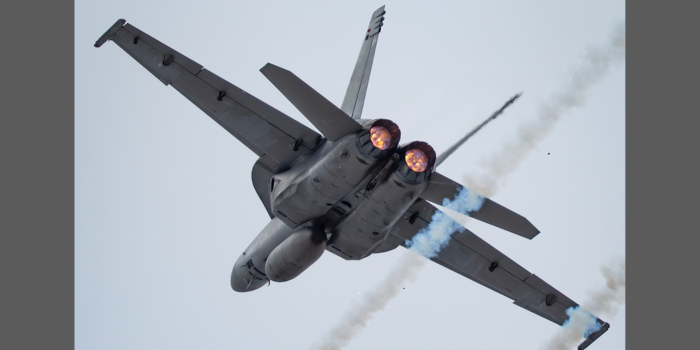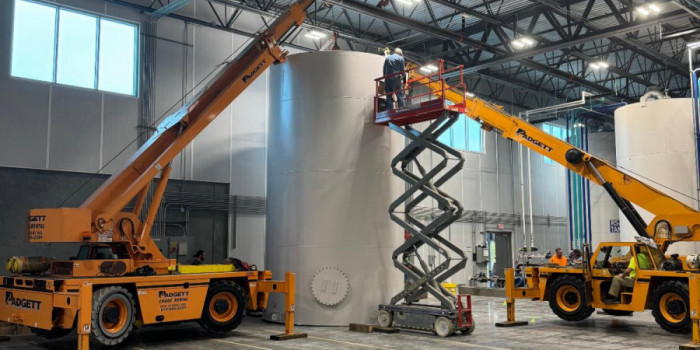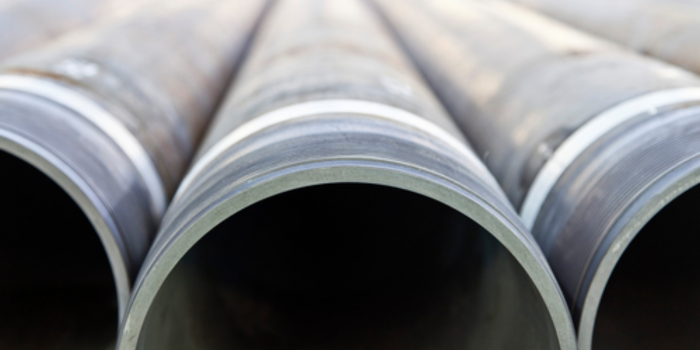Are Weather Conditions OK to Spray Today?
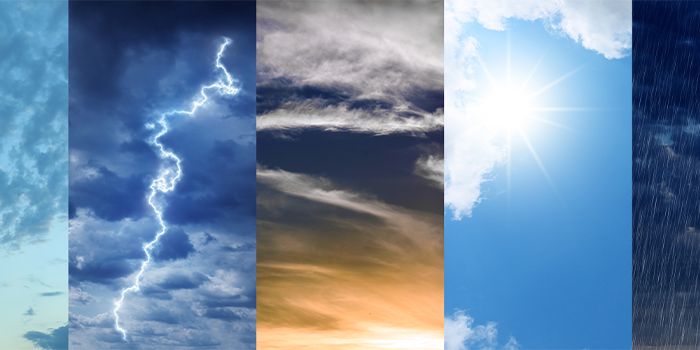

SPRAY FOAM MAGAZINE – Sitting here reminiscing about the recent SPFA Conference in Las Vegas, and wow, what a great show! From the PCP exams, the Spray Foam Magazine party, the fourth annual spray foam competition, SFWW events, to the actual Conference, was a full and fun schedule. From the first spray foam conference I attended back in the late 1980s, Hollywood, Florida to be exact, this industry conference, training, presentations, support, and interaction grows every year, and with a reported 2,300+ attendance this year, it just keeps getting better.
In addition to the Exhibit Hall show, I did manage to attend a few of the breakout sessions to further my knowledge and see what was new and support the presenters. A couple sessions discussed environmental conditions and when one should spray, and when to call it a day, wait, go fishing, or work on that race car for example. While this is an extremely important subject, I did however have somewhat of a concern about the use of a certain tool, or misuse rather, that some people may employ.
What is that one may ask? Well, the use of our cell phone, or “handy” as it is called overseas, to monitor the weather conditions. While the presenters did explain further about using this, there are many that rely on that device to “control” their lives so to speak. Now don’t get me wrong here, I am not against technology improvements, but they have to be used properly and not as an excuse to become complacent or even lazy.
Monitoring Environmental Conditions
There are several good apps for the cell phone that can be used to check weather conditions. Yes, it would be a good idea to check these weather conditions in your current location, whether that is on your cell phone or via computer weather reporting station. However, these specific weather reports are from the actual location of the weather station, miles away from the actual project site and not exactly where you will be working. Think the conditions could be different where you are applying the spray foam or coating system? Absolutely!
For our application work, environmental conditions that are very important are temperature, humidity, substrate temperature, and dew point temperature. Wind speed and altitude can be important as well, depending upon where the application work is being conducted. While they are all important to monitor and understand, humidity and dew point conditions can have a significant impact on successful application work. For this, we look to ASTM E337-15 Standard Test Method for Measuring Humidity with a Psychrometer (the Measurement of Wet- and Dry-Bulb Temperatures). Comparable other standards are ISO 8502-4 and BS 7079-B4 for our friends outside North America.
Back in ancient times, but really not that long ago, before we had electronic units, many of us relied on the use of a sling psychrometer. One would stand at the project site area of application work and twirl the psychrometer for a prescribed time and intervals. Yes, one would get strange looks from others when doing this, but it was a necessary process. From the sling psychrometer, one would obtain both the dry bulb and wet bulb temperatures, and then use the sliding scale for humidity percent in the air. Then taking the temperature depression (difference between wet and dry bulb temperatures) and humidity, and referring to the Psychrometric Tables for Vapor Pressure, Relative Humidity, and Temperature of Dew Point book, one could then note Dew Point temperature.
While humidity is important, as most manufactures do not want their foam or coating system applied when above 80%, or 85% in some cases, Dew Point is very important. Many get confused on this, but for successful foam and coating application work, the substrate temperature (not air temperature) needs to be 5°F (3°C) above the Dew Point temperature and rising. Otherwise, moisture will condense on the substrate and interfere with adhesion.
With the advancements in technology, we now have electronic units that will evaluate and report these important environmental conditions. But these units, like the sling psychrometer, need to be used in the specific area of the application work, not that reported on the cell phone or weather station. For example, see [IMAGE 2] and [IMAGE 3], one being the local weather (cell phone) and one being the actual measurements on the project site. While they are close, they are not the same.
In May 2022, for a concrete tank lining project in Galveston, Texas, the local weather reported a temperature of 83°F, humidity of 70 % and a Dew Point temperature of 70°F. All good according to the standard industry guidelines, let’s go, let’s spray, we’re wasting daylight here!! But when the environmental conditions were checked inside the actual area where the spray work was to be completed, the following data was recorded as shown in [IMAGE 4].
So according to the instrument, environmental conditions are NOT suitable for successful application work to be done, regardless of what the weather station in the area noted. The issue of course being the high humidity and the close relationship of substrate to dew point temperature. Had we proceeded, we would have been faced with blistering and delamination of the lining material. Had this been a spray foam project, chances are one would have seen excessive shrinkage, pulling away from substrate, elongated cell structure at substrate contact area. Then, of course, the subsequent posts on social media as to “what happened here?” question.
So, in this particular case, extra forced ventilation was installed and the contractor waited. This caused a delay in the project work, but that is much better than proceeding, having a failure and then coming back to make repairs. All of that at a large loss, not just financial, but also potential reputation and future work.
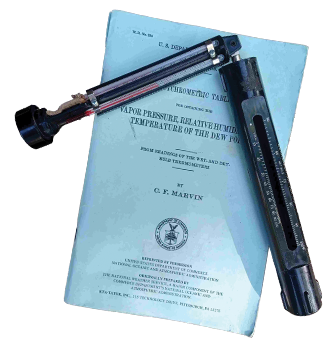
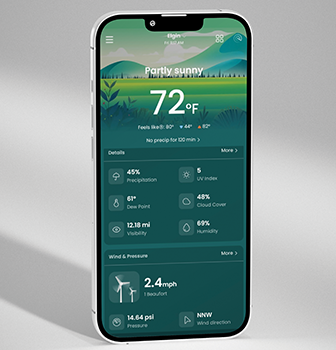
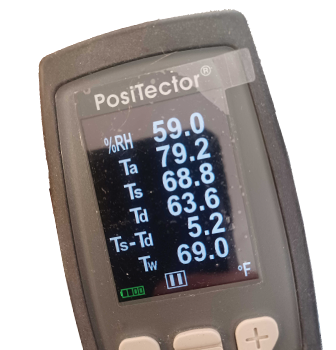
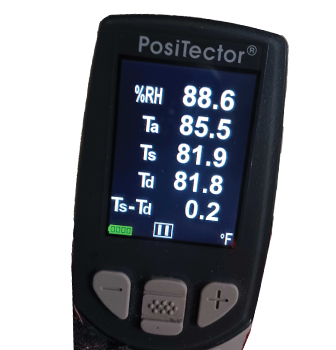
Conclusion
So, while using a cell phone weather app is a great tool for getting a general idea of weather conditions, it is NOT the proper tool to use on the actual application site. While the technology for these devices has come a long way, they still are not able to measure actual conditions that are important to successful application work. Environmental conditions need to be checked where you are actually applying the foam or coating system, not what the local weather station on your phone, radio or computer reports. Have the proper tools and instruments for the work, which is the Commitment part of this “game” we play.
For use by SprayFoamMagazine.com & Spray Foam Magazine
Disqus website name not provided.




